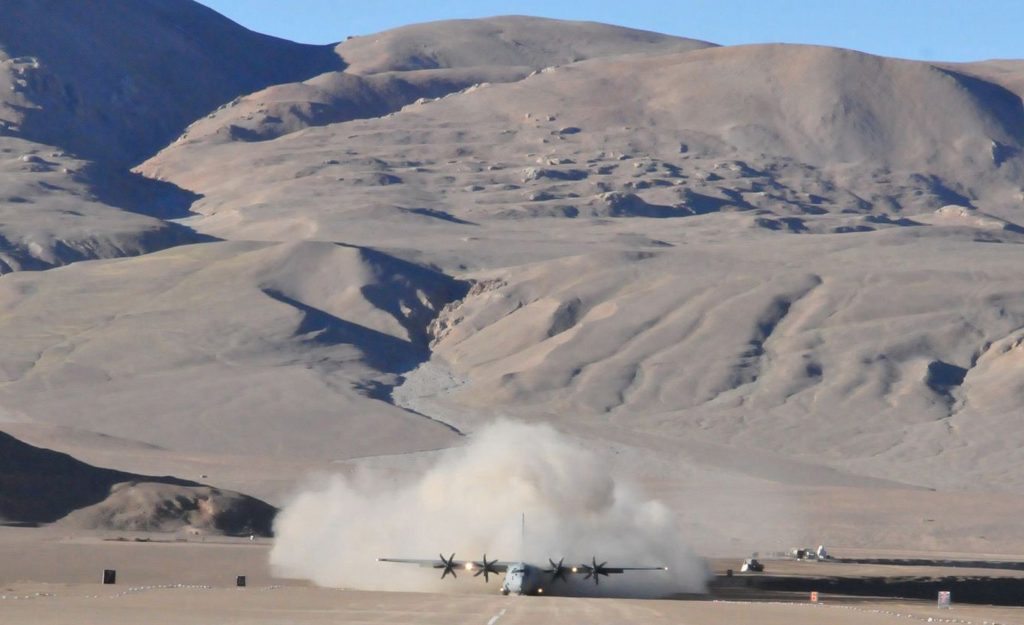NewsGate Press Service
By Vineet Kr. Dikshit
A total of 100,000 armed soldiers have taken position on both sides of the Line of Actual Control (LAC) in Eastern Ladakh. An uneasy disquiet has settled at the border line separating Indian Army’s frontline detachments and the China’s Peoples Liberation Army (PLA).
Current ground situation in eastern Ladakh is packed with tension. At many places distance separating Indian troops and the PLA is as little as 150-200 meters.
There are locations where soldiers from the Indian Army can watch the Chinese PLA without looking through the binoculars. Many traditional patrolling points touched by the Indian Army and the ITBP prior to April 2020 have either been erased or permanently blocked by the PLA.
If no de-scalation takes place from the Chinese side and if the new stand-off points are sealed-off with the passage of winter months, foreign affairs experts believe that this could re-draw Line of Actual Control (LAC) territories at least in Ladakh.
It may be recalled that during Operation Snow Leopard at the Galwan Valley Indian Army had lost 20 soldiers. Unconfirmed reports suggests that about 100 PLA militia were also killed by the Indian soldiers.
However till date China had not acknowledged heavy casualty figure despite of the fact that photographs had appeared in the internet of new graves of PLA soldiers with plaques marking their bloody end at the Galwan Valley.
Soon after Galwan Valley episode another incident took place when 200 rounds were fired into the air when marching armies from both sides of the LAC confronted each other at the banks of Pangong Lake.
This lake is a huge salt water body that is divided between Indian territory and the Chinese army where face-offs are often reported.
Observers and experts who monitor Sino-Indian relations say that next time around guns might be trained at each other and Indian troops will return the Chinese fire at point blank range, if misadventure from the PLA is repeated.
Disquiet is deafening specially just days before the seventh round of border talks takes place on October 12th next week.
Given the belligerent attitude from the counterpart it is highly unlikely that China will move back its troops from Finger 4 area to Finger 8 point on north side of the Pangong Lake. A position that they were at in March this year.
Ladhak is just one part of the 3,488 kilometre long rugged and rough Indo-Tibetan-Chinese border along the Himalayan range that is yet to be demarcated a per the Vienna Convention that defines a dedicated ‘international border’.
In absence of it, there exists a Line of Actual Control (LAC) – a mutually and often contested agreed points of locations along cease fire line of the 1962 Indo-China War.


Be the first to write a comment.